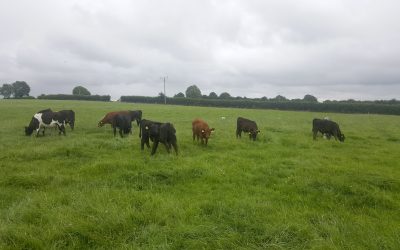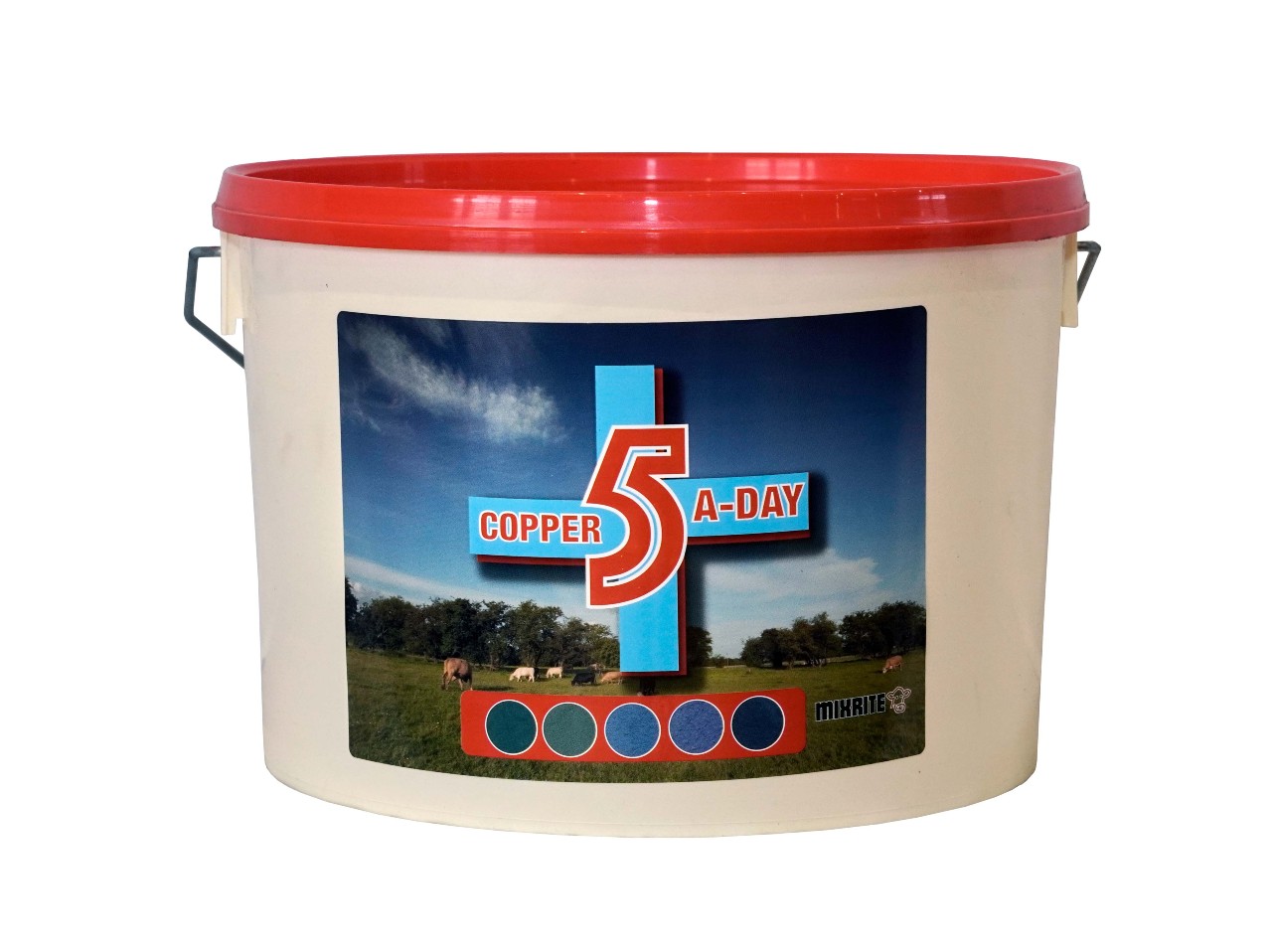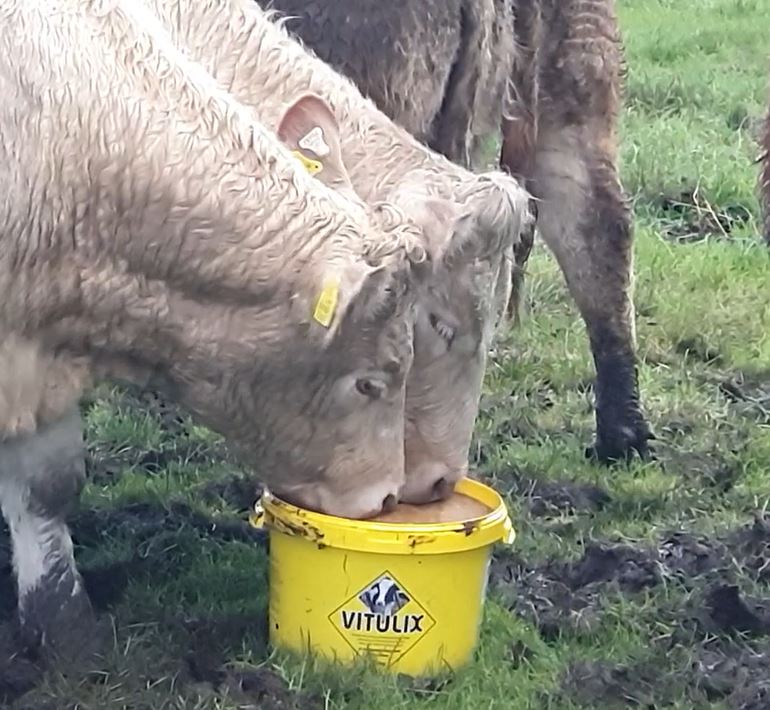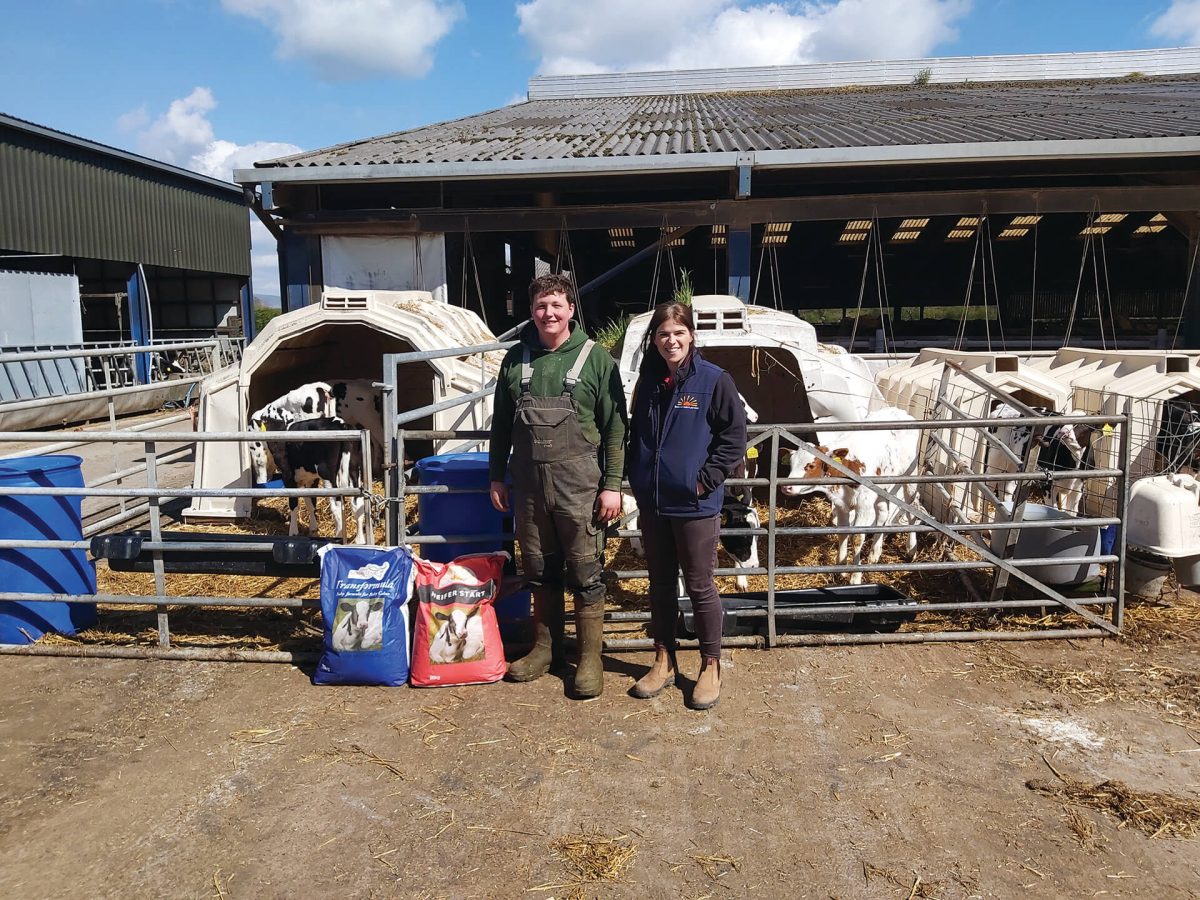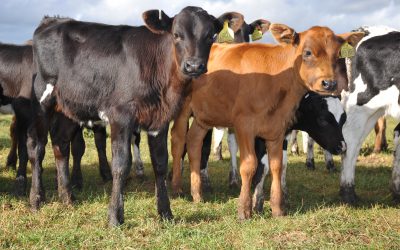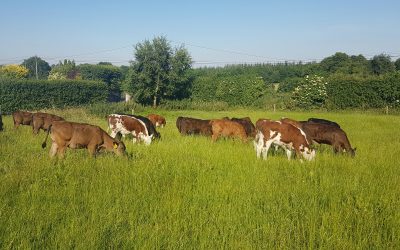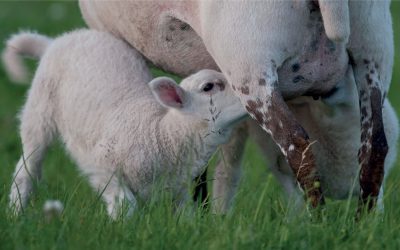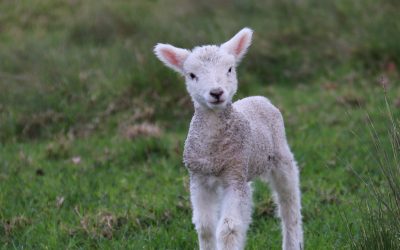October- What’s in your grass?
Historic data results from our grass samples collected across Ireland in October are quite different from what we see in July. Average Nitrogen levels in the grass are somewhat higher in October (3.5%) compared to grass sampled in July (2.8%). We have also seen an increase in levels of calcium, phosphorus, potassium, copper, zinc, manganese, […]
Read
more...
